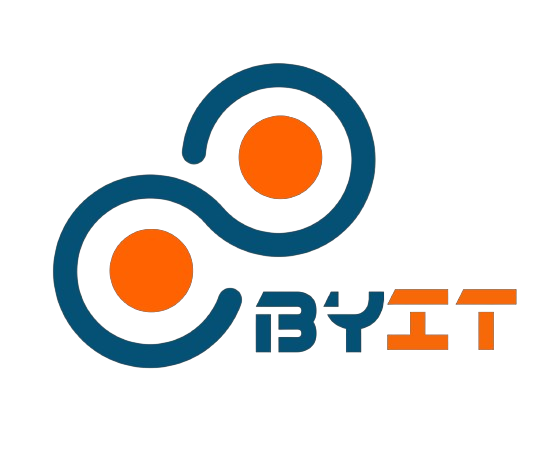VoIP, Voice, Data & Network Solutions in North Riding Square
Data and Voice Cabling Experts in North Riding Square.
Fibre Installations and Network Points in North Riding Square.
Cutting-Edge Wireless Solutions in North Riding Square.
Reliable VoIP Systems in North Riding Square.
We are your trusted partner for VoIP, data, voice cabling, and network solutions. From seamless fibre installations to wireless connectivity, we specialize in providing tailored communication systems for homes and businesses.

.jpg)
.jpg)
